Forestry and Environmental Conservation
- August 16, 2024
- 0 comment
Forestry plays a pivotal role in environmental conservation, bridging the gap between sustainable resource management and ecosystem preservation. As forests face increasing threats from deforestation and climate change, effective forestry practices become crucial in protecting biodiversity, maintaining soil health, and ensuring clean air and water. By adopting sustainable techniques and fostering conservation efforts, we can help secure the future of our planet’s vital natural resources while promoting ecological balance.
What is environmental conservation?
Environmental conservation refers to the practice of protecting and managing natural resources and ecosystems to ensure their sustainability for future generations. This involves efforts to preserve biodiversity, maintain ecosystem services, and prevent the depletion of natural resources. Conservation activities range from establishing protected areas and restoring degraded environments to implementing sustainable practices in agriculture, forestry, and water management. By addressing issues such as habitat destruction, pollution, and climate change, environmental conservation seeks to balance human needs with the health of the planet’s ecosystems.

Effective environmental conservation also involves fostering a deep understanding and respect for the natural world among individuals and communities. Education and awareness initiatives play a crucial role in encouraging responsible behavior and supporting conservation efforts. By engaging stakeholders at all levels from local communities to global organizations conservation efforts can create more robust and adaptive strategies to tackle environmental challenges. Ultimately, the goal of environmental conservation is to create a harmonious relationship between people and nature, ensuring that natural resources and ecosystems continue to provide essential benefits and services for all life on Earth.
How Forestry Contributes to Environmental Conservation
Biodiversity Preservation
Forests are among the most biologically diverse ecosystems on Earth, providing habitats for a vast array of species including mammals, birds, insects, fungi, and plants. This biodiversity is crucial for maintaining ecological balance and resilience. Sustainable forestry practices are essential for preserving this diversity. Selective logging, for instance, involves carefully choosing which trees to harvest to minimize disturbance to the surrounding environment and ensure that the habitat remains intact for wildlife. Forest reserves are protected areas that safeguard large tracts of forest from logging and other forms of exploitation, allowing ecosystems to function naturally and species to thrive.

In addition to protecting existing habitats, forestry also involves habitat restoration projects, where degraded or deforested areas are replanted or rehabilitated to restore their ecological functions. These projects can help reintroduce native species, rebuild food chains, and re-establish the complex interactions that support biodiversity. Effective conservation strategies in forestry not only protect individual species but also ensure the survival of entire ecosystems, which are critical for maintaining the health of our planet’s biodiversity.
Climate Regulation
Forests play a crucial role in climate regulation through their ability to act as carbon sinks. Trees absorb carbon dioxide (CO₂) from the atmosphere during photosynthesis and store it in their biomass (trunks, branches, and leaves) and in forest soils. This process helps reduce the concentration of CO₂, a major greenhouse gas, thus mitigating the effects of climate change. Additionally, forests contribute to climate stability by influencing local and regional weather patterns.
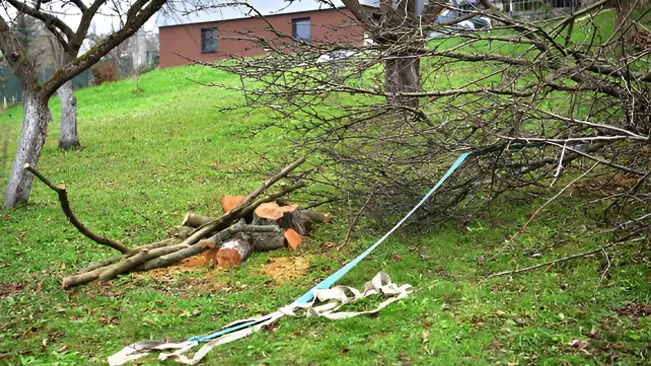
They regulate humidity through transpiration, where trees release water vapor into the atmosphere, which can influence cloud formation and precipitation patterns. Forests also help moderate temperatures by providing shade and cooling the air, which can be particularly important in mitigating the urban heat island effect. Forests also play a role in the global carbon cycle, interacting with other components of the climate system, such as oceans and the atmosphere. By preserving and restoring forests, we can enhance their capacity to store carbon and stabilize the climate, contributing to efforts to combat global warming.
Soil and Water Conservation
Forests are essential for maintaining soil health and managing water resources. The root systems of trees and plants anchor the soil in place, preventing erosion and reducing the risk of landslides. Tree roots create a network that stabilizes the soil and helps maintain soil fertility by cycling nutrients and organic matter. This is crucial for preventing land degradation and maintaining productive agricultural lands.

Forests also play a significant role in the water cycle. They regulate water flow by absorbing and releasing water through their root systems and the forest floor. This helps in groundwater recharge, where rainwater infiltrates the soil and replenishes aquifers. Additionally, forests act as natural water filters, trapping sediments and pollutants from runoff before they reach rivers and lakes. This filtering process helps maintain the quality of freshwater resources, which is vital for drinking water, agriculture, and aquatic life.
Sustainable Forestry Practices
Selective Logging
Selective logging is a forestry method where only specific trees are harvested based on criteria such as species, size, and health, rather than clear-cutting entire areas. This approach minimizes environmental disruption by preserving the overall structure of the forest and maintaining critical habitats for wildlife. By targeting only mature or commercially valuable trees, selective logging helps to sustain biodiversity and supports natural forest regeneration processes.
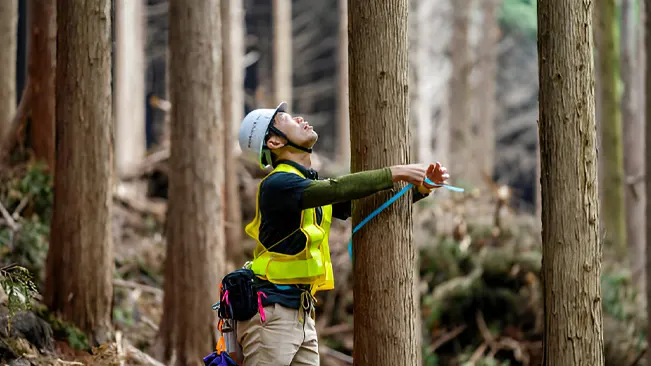
This method also reduces soil erosion and maintains the forest’s ability to sequester carbon, as the remaining vegetation continues to absorb carbon dioxide from the atmosphere. However, it requires meticulous planning and monitoring to ensure that it does not lead to over harvesting or unintended damage to the remaining forest. Effective management practices are essential to balance ecological preservation with economic benefits.
Agroforestry
Agroforestry integrates trees and shrubs into agricultural landscapes to enhance both productivity and environmental health. By combining trees with crops or livestock, agroforestry systems improve soil fertility, prevent erosion, and support biodiversity. Trees contribute organic matter to the soil, enhance its structure, and provide habitat for a range of species, creating a more resilient and sustainable farming system.

This practice also offers economic benefits by diversifying income sources for farmers through the sale of tree products such as fruits, nuts, and timber. Agroforestry practices, such as alley cropping and silvopasture, can increase farm productivity and profitability while simultaneously supporting ecosystem services and reducing environmental impacts.
Reforestation and Afforestation
Reforestation involves replanting trees in areas where forests have been depleted or degraded, often due to logging or natural disturbances. This practice aims to restore ecological functions, improve biodiversity, and enhance carbon sequestration. By reestablishing tree cover, reforestation helps to rebuild ecosystems, prevent soil erosion, and support local wildlife.
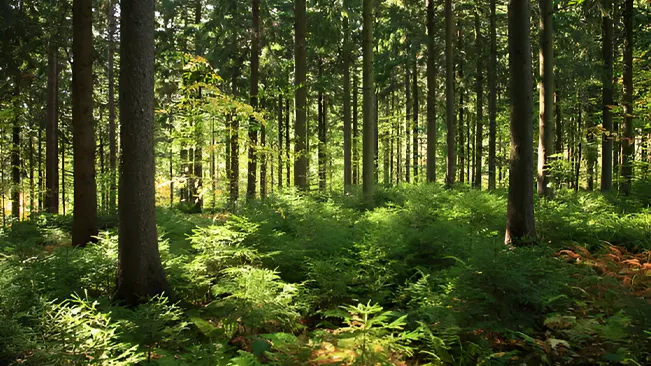
Afforestation, on the other hand, is the process of planting trees in previously non-forested areas, such as abandoned agricultural land or degraded landscapes. Both practices contribute to climate change mitigation, improve water quality, and increase forest cover. Successful reforestation and afforestation require careful species selection and ongoing management to ensure that newly planted forests thrive and deliver long-term ecological and environmental benefits.
Challenges Facing Forestry and Conservation Efforts
Deforestation and Its Impact on Ecosystems
Deforestation refers to the large-scale removal of forests, often for agricultural expansion, logging, or urban development. This loss of forest cover has profound impacts on ecosystems. The removal of trees disrupts habitats for countless species, leading to a loss of biodiversity as plants and animals that depend on forests struggle to survive. Deforestation also affects ecosystem services, such as air and water purification, as forests play a crucial role in filtering pollutants and maintaining water cycles.
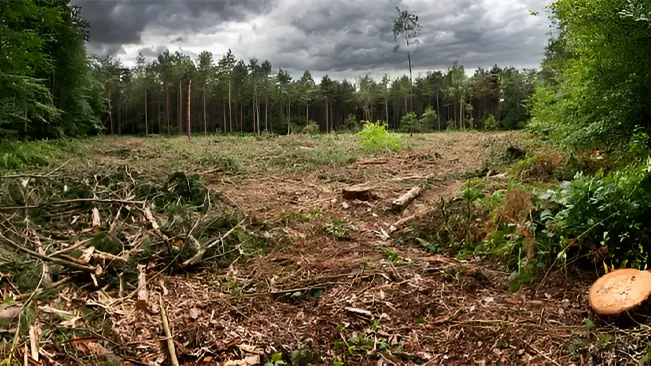
Additionally, deforestation contributes to climate change by releasing stored carbon dioxide (CO₂) into the atmosphere. Trees act as carbon sinks, absorbing CO₂ during photosynthesis. When they are cut down and decomposed or burned, this carbon is released, increasing greenhouse gas concentrations and exacerbating global warming. The degradation of forest ecosystems further destabilizes the climate, increases soil erosion, and reduces the land’s ability to support agricultural productivity.
Climate Change and Its Effects on Forest Health
Climate change has significant effects on forest health, as rising temperatures and shifting precipitation patterns alter the conditions in which forests thrive. Increased temperatures can lead to more frequent and severe droughts, which stress trees and make them more susceptible to pests and diseases. Changes in precipitation patterns can disrupt the seasonal growth cycles of trees and affect water availability, further compromising forest health.

Moreover, climate change can exacerbate the frequency and intensity of forest fires, which not only destroy large areas of forest but also release significant amounts of CO₂ and other pollutants into the atmosphere. These impacts contribute to a vicious cycle where weakened forests are less able to sequester carbon and support biodiversity, thereby amplifying the effects of climate change.
Illegal Logging and Its Consequences
Illegal logging involves the unauthorized harvesting of timber, often in violation of national laws or regulations. This practice has severe consequences for both forests and the broader environment. Illegal logging often leads to habitat destruction and biodiversity loss, as trees are removed without regard for ecosystem health or species conservation. The lack of proper management can result in degraded forests that are less resilient to environmental stresses and disturbances.

Additionally, illegal logging undermines efforts to achieve sustainable forest management and conservation goals. It often involves corrupt practices and reduces the revenue that governments and local communities could otherwise use for conservation and sustainable development. The resulting deforestation and ecosystem damage also contribute to climate change by releasing stored carbon, further compounding the environmental impact of illegal activities.
Community and Indigenous Involvement in Forestry Conservation
Importance of Involving Local Communities
Involving local communities in forestry conservation is crucial for achieving sustainable management and protection of forest resources. Local communities are often the primary stakeholders who directly interact with and depend on forest ecosystems for their livelihoods, including food, fuel, and shelter. By actively engaging these communities in conservation efforts, the management strategies can be more aligned with their needs and realities, leading to greater effectiveness and support.
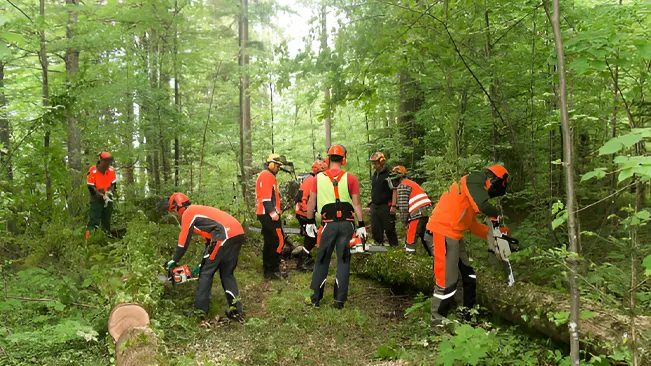
Community involvement also fosters a sense of ownership and stewardship, as people who are directly involved in conservation activities are more likely to be invested in their success. Collaborative approaches can help ensure that conservation practices are culturally sensitive and locally appropriate, increasing the likelihood of their adoption and long-term sustainability. Additionally, local knowledge and practices can provide valuable insights into the ecological and cultural aspects of the forest, enhancing conservation strategies.
Role of Indigenous Knowledge in Sustainable Forestry
Indigenous knowledge plays a vital role in sustainable forestry by offering deep insights into the ecological dynamics and traditional practices that have maintained forest health over centuries. Indigenous communities often possess a detailed understanding of local flora and fauna, natural cycles, and traditional land management techniques that are well-adapted to their specific environments.

For instance, many indigenous groups use agroforestry techniques that integrate trees and crops in ways that enhance soil fertility and biodiversity. They also practice controlled burns to manage vegetation and reduce wildfire risks, a method that helps maintain healthy forest ecosystems. Recognizing and incorporating indigenous knowledge into modern forestry practices can improve sustainability outcomes and help reconcile conservation goals with local traditions and needs. Collaboration with indigenous communities ensures that conservation strategies are not only ecologically sound but also culturally respectful and socially equitable.
Conclusion
Forestry is vital to environmental conservation, safeguarding ecosystems, mitigating climate change, and supporting biodiversity. Sustainable practices like selective logging, agroforestry, and reforestation help balance human needs with ecological health by preserving forest functions and services. Addressing challenges such as deforestation, climate change, and illegal logging requires involving local communities and integrating indigenous knowledge. By prioritizing these approaches, we can develop effective and inclusive strategies for maintaining a healthy and resilient environment for future generations.
FAQs
- What is sustainable forestry?
Sustainable forestry refers to the management of forest resources in a way that meets current needs without compromising the ability of future generations to meet theirs. It involves practices that maintain the health of forest ecosystems, support biodiversity, and ensure the long-term availability of forest resources. - How does selective logging benefit forest ecosystems?
Selective logging involves harvesting only specific trees based on criteria such as species, size, and health. This method reduces environmental impact by preserving the overall structure of the forest, maintaining wildlife habitats, and promoting natural regeneration. It also minimizes soil erosion and maintains the forest’s carbon sequestration capacity. - What is agroforestry, and how does it support environmental conservation?
Agroforestry integrates trees and shrubs into agricultural systems, combining them with crops or livestock. This practice enhances soil fertility, reduces erosion, supports biodiversity, and provides additional income sources for farmers. Agroforestry creates multifunctional landscapes that contribute to environmental health and sustainable land use. - What is the difference between reforestation and afforestation?
Reforestation involves planting trees in areas where forests have been depleted or degraded, such as after logging or natural disturbances. Afforestation refers to planting trees in areas that have not previously been forested, such as abandoned farmland. Both practices aim to restore or expand forest cover, improve biodiversity, and enhance carbon sequestration. - What are the main challenges facing forestry and conservation efforts?
Key challenges include deforestation, which leads to habitat loss and increased carbon emissions; climate change, which affects forest health and increases the risk of pests and diseases; and illegal logging, which undermines sustainable management and contributes to environmental degradation. - Why is community involvement important in forestry conservation?
Local communities are often directly dependent on forests for their livelihoods. Involving them in conservation efforts ensures that management strategies are culturally appropriate and effectively address local needs. It also fosters a sense of ownership and stewardship, increasing the likelihood of successful conservation outcomes. - How does indigenous knowledge contribute to sustainable forestry?
Indigenous knowledge provides valuable insights into local ecological dynamics and traditional management practices that have maintained forest health over time. Integrating this knowledge with modern forestry practices can enhance sustainability, improve conservation strategies, and respect cultural traditions. - What are some successful examples of community-led conservation projects?
Examples include the Community Forest User Groups in Nepal, which manage large areas of forest sustainably, and Brazil’s extractive reserves, which allow local communities to sustainably harvest forest products while preserving large areas of the Amazon rain forest. - How can I get involved in forestry conservation efforts?
You can participate by supporting organizations dedicated to forest conservation, volunteering with local environmental groups, advocating for sustainable practices, and educating others about the importance of forestry and environmental conservation. - What are the benefits of maintaining healthy forests?
Healthy forests provide numerous benefits, including supporting biodiversity, regulating the climate, protecting soil and water resources, and offering recreational and economic opportunities. They are essential for the overall health of our planet and the well-being of all its inhabitants.

Joel Cunningham
Forestry AuthorI'm Joel Cunningham, an expert in pruning and weed management with over a decade of experience. My skills are rooted in formal training and extensive practice, focusing on advanced pruning techniques and efficient weed control. I'm known for my quality work, precision, and deep understanding of plant health and soil dynamics. My contributions extend to educational initiatives where I share sustainable practices and advice, establishing myself as a reliable and authoritative figure in the gardening community.

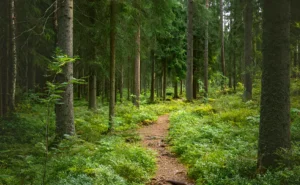
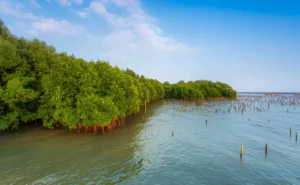
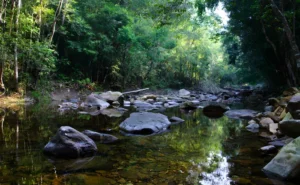

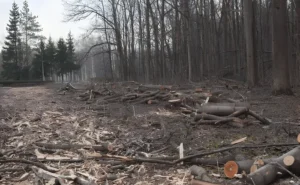
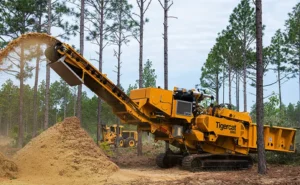

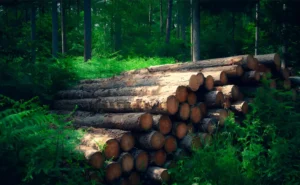
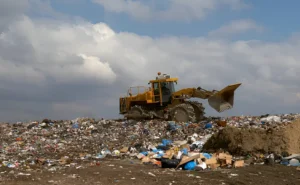
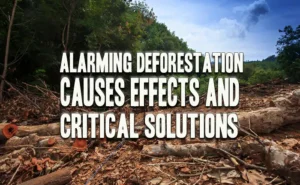
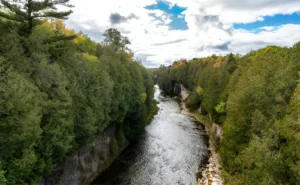

Leave your comment